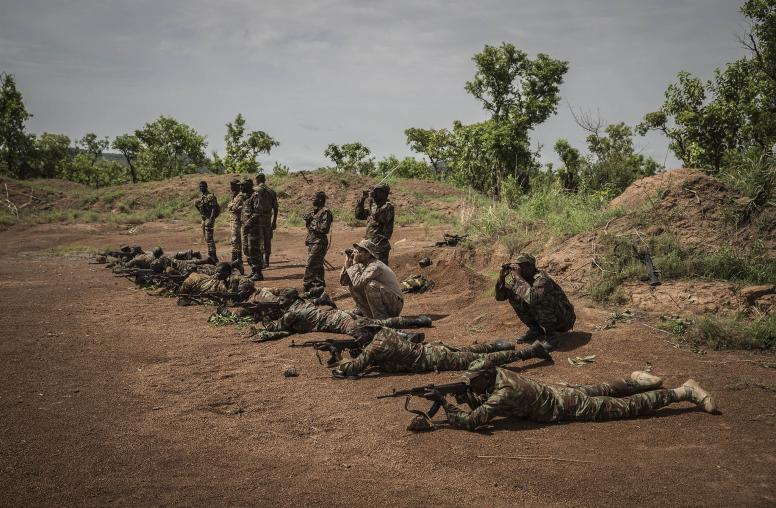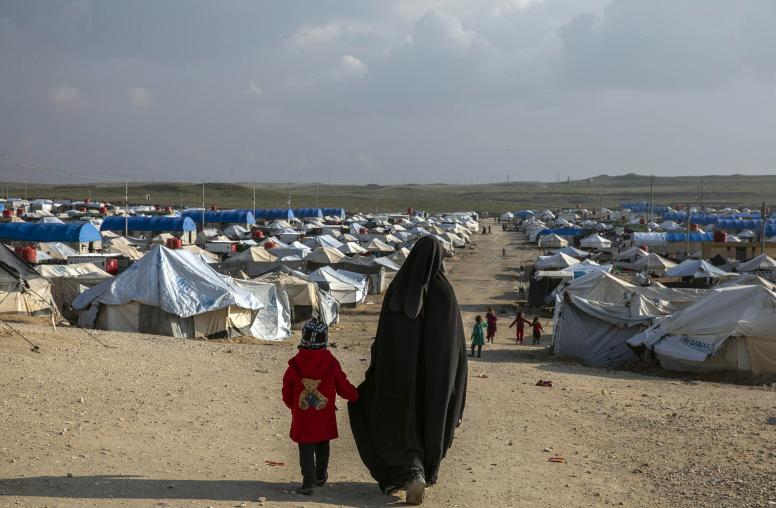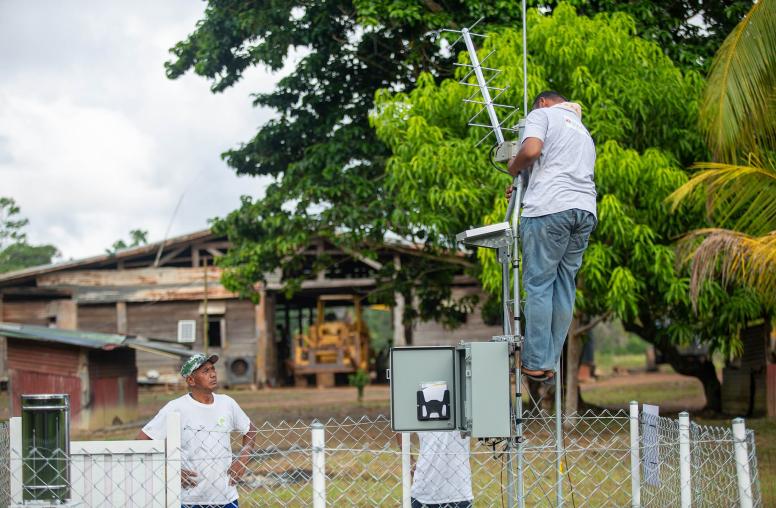Taking Stock: Analytic Tools for Understanding and Designing P/CVE Programs
This report examines the various analytic tools that have been developed to understand the causes and dynamics of radicalization and violent extremism. The report assesses the strengths and limitations of these tools in informing the design of P/CVE interventions. It considers micro- and macro-level frameworks and models, and the various contexts in which they may be relevant. A companion report, “Measuring Up: Monitoring and Evaluating P/CVE Programs,” examines tools for assessing the impact of such programs.
Introduction
The emergence and spread of violent extremism (VE) and the evolution of violent extremist organizations (VEOs) continue to pose a complex and global threat. Policy responses have changed considerably over the past decade and those concerned with preventing terrorism now include many actors outside of the security sector, such as development and peace- building organizations. This has led to a more nuanced understanding of the causes of VE and the application of significant new tools to address it, but it has also led to a proliferation of approaches, lexicons, and perspectives. An increasingly diverse community of policymakers, practitioners, and academics is striving to better understand what causes and drives VE and to develop effective ways of preventing and countering violent extremism (P/CVE), bringing their unique organizational mandates and perspectives to bear.
To advance efforts to prevent violent extremism, it is vital that practitioners and researchers have a broader sense of different approaches as well as access to relevant, rigorous, and updated analytic tools. This report provides an overview and analysis of common conceptual frameworks and models used for understanding VE and designing P/CVE programs and strategies, and explores their underlying assumptions, strengths, and limitations. The overarching aim of this report is to examine the different ways in which VE is analyzed and addressed and to suggest how, where, and why certain tools have specific contextual value.
This report was developed in conjunction with a report that surveys monitoring tools for P/CVE programs. These two studies, both published by the United States Institute of Peace,1 are intended to help improve P/CVE program design and thus give P/CVE interventions greater and more enduring impact.
Key Findings
- Understanding the value, limits, and relevance of different analytic frameworks and models used to assess trends, causes, and dynamics of radicalization and violent extremism (VE) is a critical exercise that extends beyond academic interest. The selection and application of appropriate analytic tools to a given context allows both for more nuanced understanding of the causes of VE and for the development of more effective strategies and programs to prevent it.
- Multiple and different conceptual frameworks and analytic models are used to understand VE and to design interventions and strategies that prevent or counter violent extremism. These tools can be sorted into two general categories, or levels, of analysis: micro-level tools that primarily focus on individuals and macro-level tools that focus on VE groups and contexts.
- Micro-level tools for assessing VE examine radicalization on the individual level and have evolved over the past fifteen years from linear to more dynamic models, reflecting an increased understanding of the complexity of radicalization processes.
- Micro-level models tend to emphasize the role of ideology in an individual's path to VE activity. Linear models, in particular, often assume radical ideology to be a precursor to an individual's engagement in violent activity. Yet, some research shows ideology to be a secondary or non-antecedent factor. Both linear and dynamic individual radicalization models are useful in identifying risk factors for and vulnerabilities to radicalization. However, these models cannot predict which specific individuals will become radicalized or carry out violent acts.
- On the macro level, analysis generally focuses on structural drivers and systemic root causes of violent extremism. Some macro- level analytic tools reflect multiple levels of analysis and see the causes of VE as encompassing individual and collective grievances, social dynamics, and structural issues. Such levels of analysis, however, do not always directly inform or prescribe options for interventions. Further, these tools often include so many variables that it is difficult to isolate the impact of relevant dynamics and factors, especially in fragile and fluid environments.
- The dynamics of radicalization and VE in conflict-prone and fragile environments are especially complex and analysis benefits from applied conflict assessment tools.
- Despite the significant influence of group dynamics, social relationships, and networks on radicalization, there are few analytic tools that assist policymakers and program designers in assessing, mapping, or evaluating the social ties and relationships that influence individuals and groups toward or away from VE activity and violent extremist organizations.
About the Authors
Georgia Holmer is the former director of CVE at the United States Institute of Peace and is currently senior adviser for Anti-terrorism Issues at the Organization for Security and Cooperation in Europe (OSCE). She has developed, applied, and taught analytic techniques and methods for understanding—and developing strategies to prevent—radicalization, violent extremism, and terrorism. The views expressed in the article are those of the author and do not necessarily reflect the official position of the OSCE and its participating States.
Peter Bauman, founder and CEO of Bauman Global, has conducted extensive field research and designed and evaluated numerous peacebuilding and CVE programs globally. He has also trained and advised a range of public and private stakeholders on peacebuilding, stabilization, and CVE- related policies and programs.
Kateira Aryaeinejad serves as research associate and project manager for the RESOLVE Network at the United States Institute of Peace. Her research focuses primarily on issues associated with the evolution of and local support for violent extremist groups, geopolitical alliance patterns, and localized peacebuilding efforts in both the Middle East and Europe.



